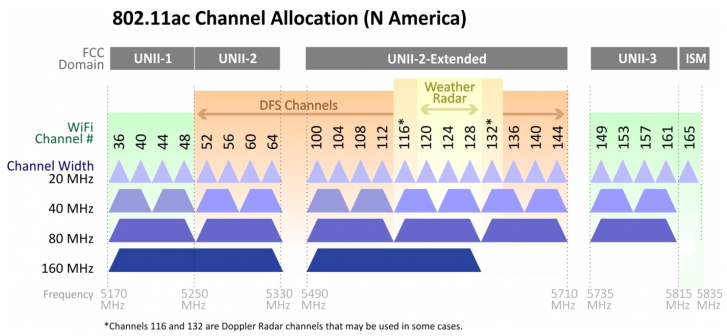Well, I thought I had it figured out... After a HW reset of the router (AX88u) and the nodes (2x AX86s) and putting humpty dumpty (AX88) back to tgether again (with all the scripts), the problem reappeared. I got a little aggressive when putting it back together, and after a few runs and reboots stopped my testing. After loading it all up with the scripts & settings I was running before 388.2 beta (and getting ~+900Mbps in both directions) and still seeing similar CPU utilization metrics before/after (single digits average utilization). The problem reappeared (dropping to ~+450Mbps Up / +~650Mbps Down or worse and packet loss). Some script or combination of them (more likely) or the CPU utilization of a particular script or combination of them (more likely), or overall how CPU resources are used has changed in this release.
So now going back and adding one by one, ligher CPU/WAN use scripts to heaviest, one by one, and testing after a reboot and letting it settle. When it goes south going to try and play around to see if uninstalling it or another clears it up. I also need to revaluate what scripts or combination of them to run to maintan as close to constant results as I used to get, or run them all and adjust how I use/view Speedtest results to judge router/carrier performance and preferably without impact to Wired/WiFi performance/errors (dropped packets!).
So far so good with the results with just these running, Skynet, scMerlin, spdMerlin, YazDHCP and vnStat. Of the remaining ones, scribe is the most intense from my list, and with that I can fool around with the loglevels to see how much of an impact that is, if there is one.


